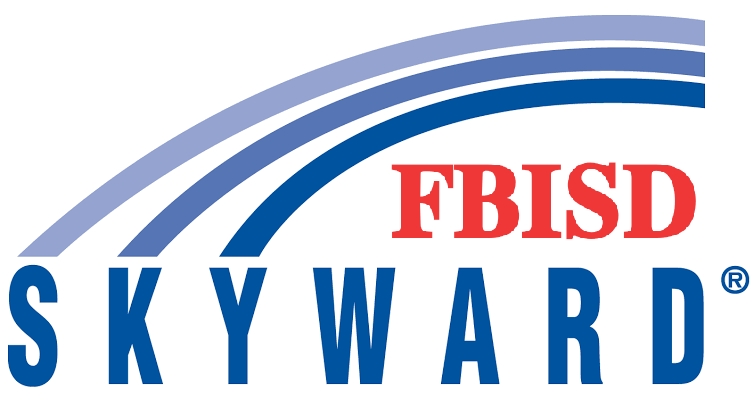Moving to the style of a Hybrid job does not have to imply sacrificing diversity, fairness, or inclusion.
Many CEOs are suffering the consequences of a recent shift to hybrid job arrangements all across the world. This massive change is a significant departure from the previous office culture. Business leaders are analyzing what it takes to recruit and keep people in this new context as they strive to operationalize their flexible work model infrastructure.
Instead of perceiving these as distinct efforts, company executives have a rare chance to change corporate culture as a whole, concentrating on Hybrid jobs and DEI policies simultaneously.
Combining DEI and hybrid jobs strategies provides a more inclusive culture
Focusing on diversity, equality, and inclusion does not imply that corporate executives will assign an underrepresented person to a given function or platform simply because they fall into a certain demographic. Anger and cultural inequality result from a lack of work quality requirements.
In this case, diversity entails establishing a meritocracy with equal pay and opportunities for all. DEI and hybrid job techniques used carefully will develop cultures that boost employee experience and corporate agility. Integrated DEI and a hybrid jobplace help businesses achieve greater results by:
Increasing the total available talent pool.
By increasing how and where it searches for people, a company may cast a wider net. By enabling parents, careers, and others to choose the hours that work best for their family commitments, a flexible work schedule policy widens potential talent. Remote employment is also a greater priority among job applicants.
Creating a more inclusive culture.
Job seekers want to work for businesses that value DEI. Nearly 80% of employees say they want to work for a firm that supports diversity, equity, and inclusion, according to a recent CNBC and Survey Monkey Workforce study. Job seekers can feel welcome in a DEI-focused work environment.
With broader viewpoints, we can foster innovation and profitability. In general, diversity and inclusion encourage the expression of ideas from individuals of all backgrounds, resulting in breakthroughs in creativity, innovation, and customer attraction. Employees that participate in workplace DEI initiatives are more likely to be customers.
hybrid jobs should not derail DEI efforts
While there are various advantages to combining DEI and hybrid job practices, it would be stupid to believe that they are without risk. As companies transition to hybrid models, they risk generating new disparities and intensifying current ones. It is critical to minimize “proximity bias” even for individuals who can work remotely.
According to SHRM research, 67 percent of polled supervisors believe remote workers are more readily replaceable than onsite employees at their company. In addition, 72% stated they would prefer to have all of their teams work in the office.
A successful hybrid jobplace achieves a balance between flexibility and inclusion, ensuring that everyone feels appreciated and has equal possibilities for progress. Another study indicated that while remote employees and office workers were promoted at the same rate, remote workers’ earnings climbed at a slower pace. Leading businesses understand that being physically present in the office full-time is not required to achieve exceptional outcomes.
8 steps to creating a diverse hybrid job culture
Educate current and future leaders on DEI and hybrid job issues.
It is critical to identify and recognize unconscious biases when you develop hybrid job techniques.
Embrace tools that support DEI and hybrid jobplaces.
Organizations may assist their efforts with technology and AI-enabled HR software. Collaboration technologies provide everyone, no matter where they are, a voice. The hearing- and vision-impaired, as well as employees who speak various languages, can benefit from video call services such as transcription and translation.
Strengthen culture by marrying DEI with meritocracy.
There should also be specific standards in place to guarantee that the recruiting and promotion systems and procedures are both transparent and equal. Defining precise job criteria and metrics per role to determine what talents are connected with various responsibilities is one way to achieve this aim.
Create upskilling programs to train employees.
Many businesses struggle to locate employees with the necessary skill sets. Investing in current employees’ education is one answer to this challenge. To generate a pipeline of candidates who move to top management, companies must nurture diverse talent at all levels.
Restructure compensation before employees leave.
Restructure employee remuneration before they depart. Retaining an employee is simpler than onboarding and training a new worker.
Remember that money is not everything.
While people may change employment for the money, they frequently stay in a position because of the culture. Creating a superior employee experience aids in the retention of top people.
Work from home jobs programs, flexible work hours, and advanced programs like childcare benefits all contribute to laying the groundwork. Individuals are, nonetheless, increasingly seeking a sense of belonging.
Do not forget to commit the resources.
Most companies developed their cultures before DEI and hybrid job became mandatory. These businesses must invest in new technologies and instructional programs, as well as develop new hiring and talent management strategies.
Make sure actions are backed up with DEI transparency measurements.
The urge to promote DEI may lead to circumstances in which actions take precedence over outcomes. While it is difficult to be vulnerable and open about where difficulties exist, companies should assess their current situation.


